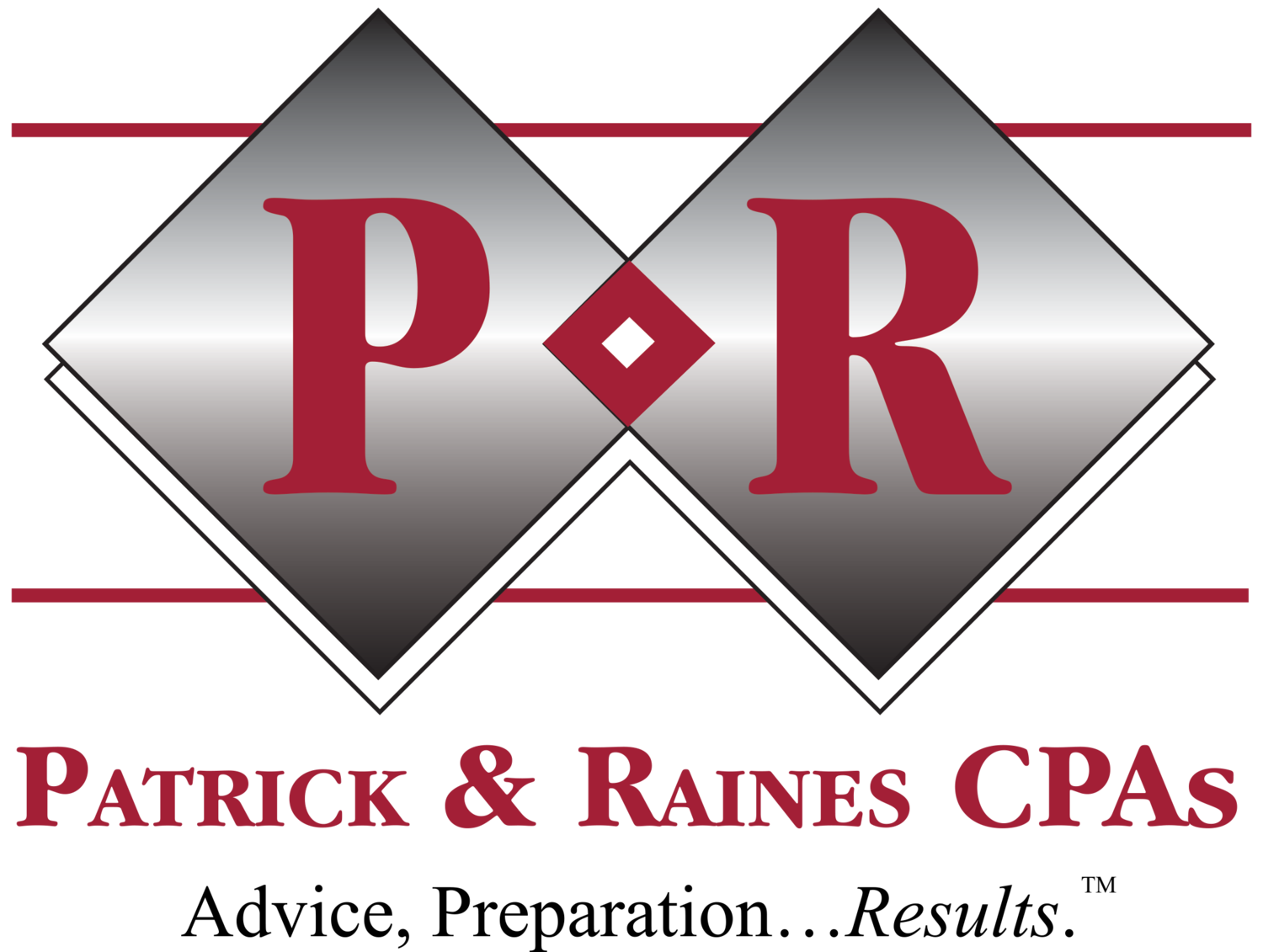Is Direct Deposit the Way to Go?
Still receiving your tax refund in the form of a check? More than 80 percent of taxpayers now opt for Uncle Sam to transfer those funds via direct deposit. After all, why invest all that time assembling the data for your individual income tax return only to wait for snail-mail to delay your refund?Direct deposit offers many benefits at tax time:
- Expedience – Electronic filing and direct deposit proves the fastest way to get your federal tax refund into your bank account. As soon as the IRS approves your tax return, the funds transfer directly to your preferred bank account.
- Security – Since your funds are deposited from the IRS to your bank account, you won’t worry about having a check lost or stolen in the mail. The same electronic transfer system deposits nearly 98 percent of Social Security and Veterans Affairs benefits into millions of accounts.
- Convenience – As we mentioned, why wait for your check via snail mail when you can be spending it for something useful?
- Simplicity – Choosing direct deposit is simple; enter your correct bank account and routing number when filing yourself, or provide verification of your bank information to your accountant, and your return will be processed promptly.
- Options – Taxpayers can split a refund into several accounts (up to three), including checking, savings, health, education and certain retirement accounts. The U.S. Treasury Department offers a retirement account called a MyRA account (https://myra.gov/how-it-works/). All or part of a refund can be designated for a new MyRA account, however payment to tax preparers is not allowed.
Taxpayers should deposit refunds into accounts with their own name, their spouse’s name or both. Avoid making deposits into accounts owned by others. Some banks require both spouses’ names on the account to deposit a tax refund from a joint return. Check with your bank to determine direct deposit rules.You’re limited to three electronic direct deposit refunds made into a single financial account or pre-paid debit card. The IRS will mail a notice along with a refund check to taxpayers who exceed the limit. More tips about direct deposit can be found in IRS’s Publication 17 (https://www.irs.gov/pub/irs-pdf/p17.pdf).Similarly, taxpayers owing a payment to Uncle Sam may also make this transaction through their bank account, although many still prefer a few extra days as their check is delivered via U.S. mail.The accountants at Patrick & Robinson CPAs serve clients with business and complex individual tax and accounting needs—and have been since 1982! Let us know if we can help: Office@CPAsite.com or 904-396-5400.

